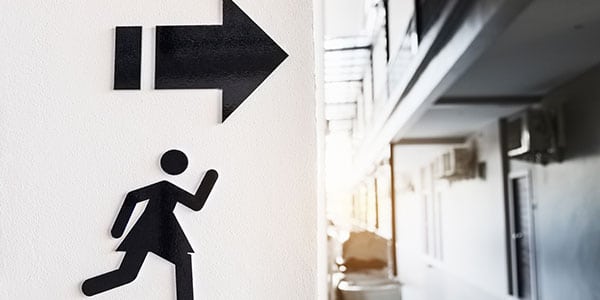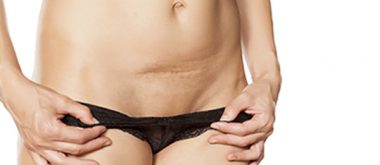For women, the inability to control your bathroom visits is critical for feeling confident, alive, vibrant and feminine throughout the motions of your busy day. Although incontinence issues may be the underlying culprit, women of a mature age are noticing that their bladder control is much weaker than it was in their youthful years. As a woman’s body draws nearer to menopause, these symptoms may begin to worsen and create issues with lifestyle choices and physical activity.
The Cause of Bladder Leakage During Menopause
Menopause, although a natural process that every female will face at some time during her life, can leave women feeling intimidated, anxious and nervous about what comes next. In fact, the entire population of women, given a long enough time frame, will experience this change in their body. Although the age of when this change occurs may vary, experts believe that the average age is around 51 years old.
During this time, the delicate lining of the Urethra becomes thin and unable to accommodate regular urine excretion. Similarly, the vaginal muscles and pelvic floor become weak and rigid as the aging process begins to occur. This group of muscles, in a general sense, enable women to control their urinary urges and prevent them from having leakage. When they become damaged or weakened during the natural changes of her life, incontinence becomes a primary concern. Also, common issues like bloating, weight gain, and menstrual problems can exacerbate incontinence and cause accidents to occur. Although this process is entirely normal and experienced by millions of women, it still leaves the female population feeling embarrassed and unsure of themselves during their daily routine.
Exercises for Incontinence
Thankfully, natural remedies and exercises have been created to strengthen the pelvic and vaginal muscles to create a sense of security and protection. One such exercise, the Kegel squeeze, can be ingrained into a woman’s fitness routine to fight back against her bladder leakage. This movement can be challenging for some women because it requires a mental connection to find the correct area to squeeze. As a general tip, women are asked to stop urinating by performing a “squeeze” while using the restroom. The muscle that causes the flow of urine to stop is the muscle that needs to be activated in order to improve incontinence and lower the risk for an accident. The squeeze should be held for ten seconds and slowly relaxed for ten seconds, repeating three to five times. The Kegel squeeze can be performed numerous times throughout the day and can even be completed while performing mundane tasks. A list of exercises that women can perform to alleviate symptoms of menopause are as follows:
- Body-weight squats
- Leg lifts
- Jogging
- Crunches
- Lunges
Consultation with Healthcare Professionals
For most issues that surround the area of menopausal problems, consulting a doctor is always advised. A healthcare professional, specifically a Gynecologist, can answer specific questions that may arise during the transition period. Wherever a female reader may find herself in her journey, remember one thing: you are not in this alone. The symptoms you experience, the trials and tribulations you undergo on a daily basis have been experienced by millions of women. Both medical and natural approaches can dramatically shift your perception towards your body’s natural change. Take charge of your health and dive deep into the adventures that are yet to come!





